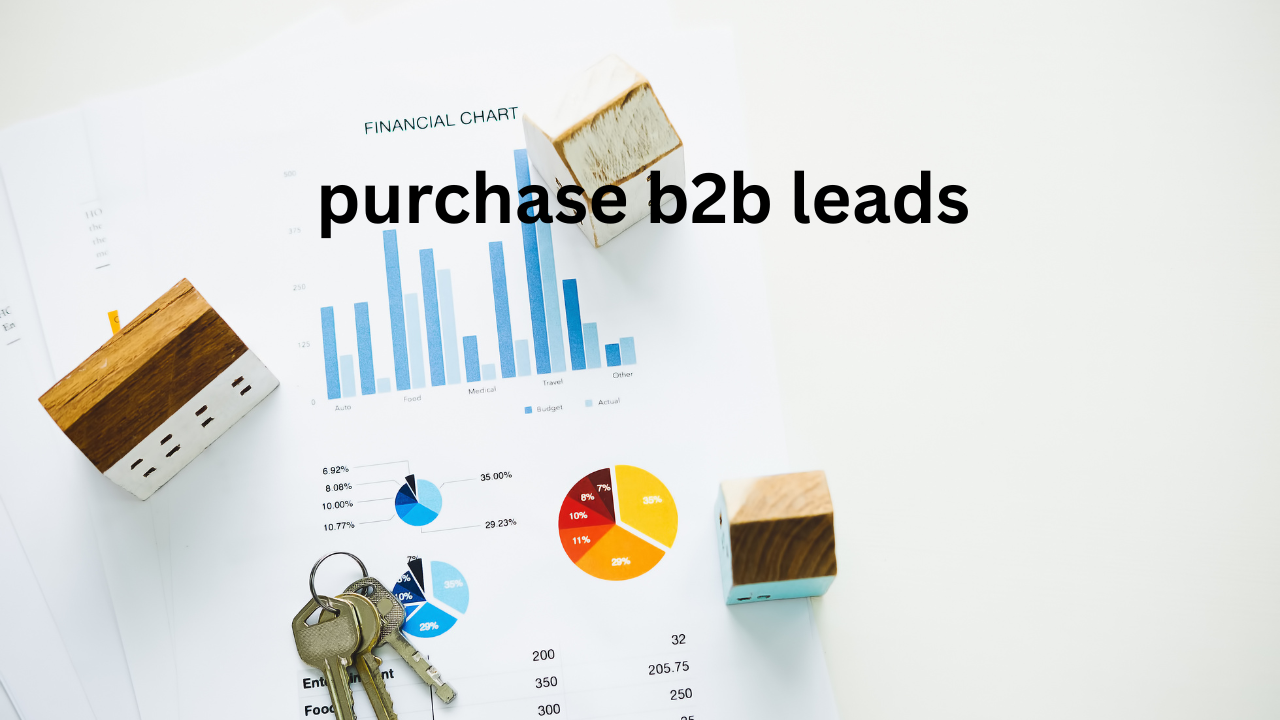Many companies offer to sell you these leads. You need to choose the right one. A good lead provider gives you high-quality leads. This means the people on the list are truly a good fit for your business. They have the right job titles and work at the right companies. They are more likely to buy from you. A bad lead list, on the other hand, is full of old or incorrect information. This is a waste of your money. It's important to be careful and do your research. Finding the best source for leads is a key step.
You also have to think about what you want in a lead. Do you need their phone number, email, or both? Are you looking for specific types of businesses? Maybe you only want to sell to companies with more than 50 employees. Being clear about what you need helps the lead provider give you a better list. The more details you provide, the better your results will be. This makes your investment in leads much more valuable.
How to Find Good B2B Leads
Finding good B2B leads is all about quality over quantity. Consequently, you should focus on providers who can prove their leads are fresh and accurate. Ask them how they collect their data. For instance, do they use special software or a team of researchers? You want to make sure the information is up-to-date. This prevents you from calling disconnected numbers or sending emails that bounce back. Good providers will also offer a guarantee. If a certain number of leads are bad, they will replace them. This shows they are confident in their product.
Next, consider the source of the leads. Some shop leads come from people who filled out a form on a website. These are called inbound leads. They are often very good because the person has already shown interest. Other leads are generated through telemarketing or other methods. These might not be as warm, but they can still be very valuable. It really depends on your specific needs. Understanding the source helps you decide which leads are best for your business.
Remember to check reviews and testimonials. Read what other businesses say about the lead provider. Did they have a good experience? Were the leads helpful? This feedback is like a secret weapon. It helps you avoid making a mistake. You can learn from the experiences of others. A company with many happy customers is usually a safe bet. After all, a good reputation is earned by delivering great service.

The Different Types of B2B Leads
There are different types of B2B leads, and knowing the difference is important. First, there are cold leads. These are people who have never heard of your company before. While they might be a good fit, they require more work to convince. Then there are warm leads. These people might have heard of you or interacted with your company in some small way. For example, they might have downloaded a whitepaper from your website.
Finally, there are hot leads. These are the best kind. Hot leads are people who have actively shown a strong interest in your products or services. Maybe they requested a demo or asked for a price quote. They are very close to making a purchase. Most lead providers sell a mix of these different types. You should discuss with them what mix is right for your business.
Evaluating Lead Generation Companies
When evaluating companies, you should ask about their pricing structure. Some charge per lead. Others charge a monthly fee for a certain number of leads. Some might even charge a percentage of the sales you make. It's important to understand the costs upfront. This helps you budget correctly and avoid any surprises later on. Make sure you know exactly what you are paying for.
Creating a Strategy for Using Your Leads
After you buy the leads, you need a plan for using them. Who will contact them? How will you follow up? Will you call them, email them, or both? A good strategy makes your leads much more effective. Just having a list isn't enough. You have to work the list. This means making a schedule for outreach. It's about being persistent but not annoying.
Don't Forget to Track Your Results
You must track the results of your lead-buying efforts. Keep a record of how many leads you contacted. Note how many responded. Most importantly, track how many became paying customers. This data is priceless. It tells you if your investment is paying off. It also helps you decide if you should buy from the same provider again. Tracking your success is the only way to know if your strategy is working.